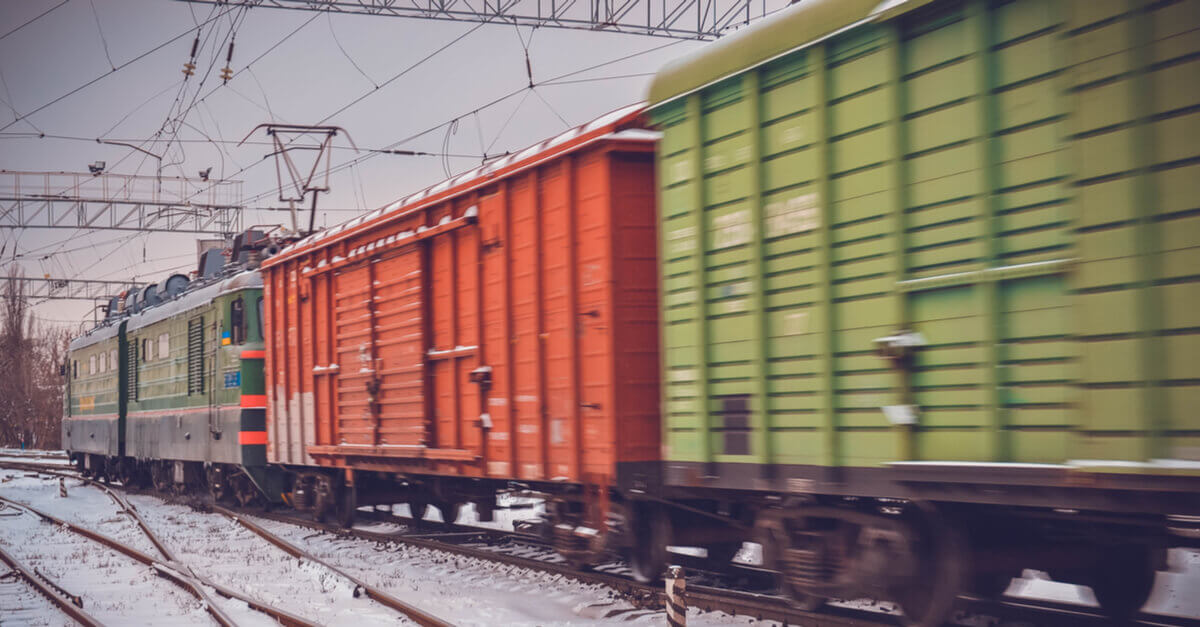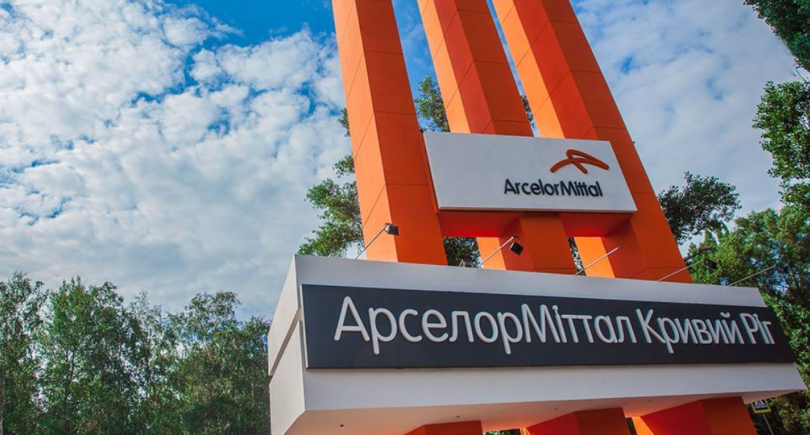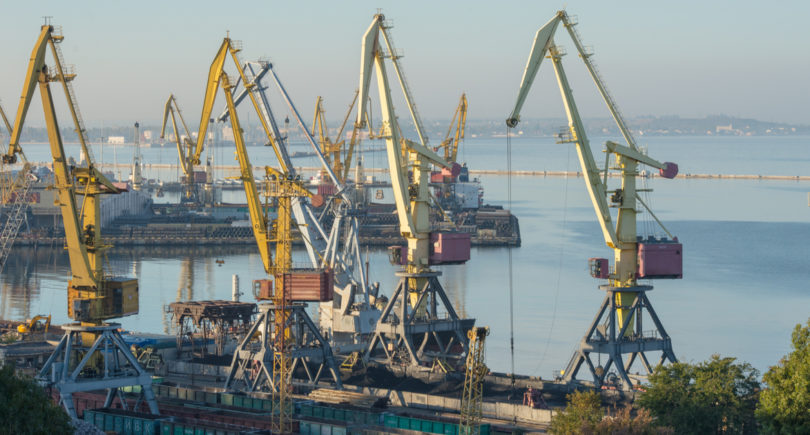
News Infrastructure cargo transportation 1707 12 February 2020
Ukrzaliznytsia (Ukrainian Railways) increased its rail transportation of iron and manganese ores by 2.7%
In 2019, transportation by rail showed a variety of trends for various types of mining & metals cargoes. Specifically, transportation of iron and manganese ores increased by 2.7%, whereas that of ferrous metals, coke and scrap decreased by 5%, to 12.1% and down to 21.9% respectively.
This was reported by the State Statistics Service.
In 2019, the downward trend in rail freight traffic continued. Thus, Ukrzaliznytsia reduced the cargo transportation volume by 2.9%, down to 312.9 million tons, or by 2.4%, down to 181,844.7 million ton-kilometers. 262.6 million tons of cargoes were transported domestically and abroad, 1.9% down from 2018.
In 2019, Ukrzaliznytsia also reduced transportation of timber cargo by 58.3%, construction materials by 19.1%, coal by 6.4%, oil and petroleum products by 5.7%, cement by 4.9%.
At the same time, transportation of grain and grinding products increased by 21%, and of chemical fertilizers by 31.5%.
As reported earlier, in January–November 2019, the share of products of the mining & metals sector in the structure of rail transportations of Ukrzaliznytsia was 29.9%. Meanwhile, transportation of iron ore increased by 3%.
In 2018, the rail freight volume dropped by 5.1% to 322.3 million. This indicator has been declining for the eighth year in a row.
In the context of constantly growing tariffs, decreasing turnover of cars and a level of guarantees for the timeliness and completeness of shipments of goods, part of the cargo flow is automatically transferred from rail to road transportation. In 2019, the road transportation volume increased by 29.7% to 242.7 million tons.
According to the 2020 draft financial plan of Ukrzaliznytsia, the volume of cargo transportation in 2020 will increase by 5.5% against the cargo turnover expected in 2019, up to 192.6 million ton-kilometers, including:
- domestic traffic — by 9.3% to 68.4 million ton-kilometers;
- export freight traffic — by 3.7% to 83.0 million ton-kilometers;
- transit traffic — by 8.8% to 16.9 million ton-kilometers.




